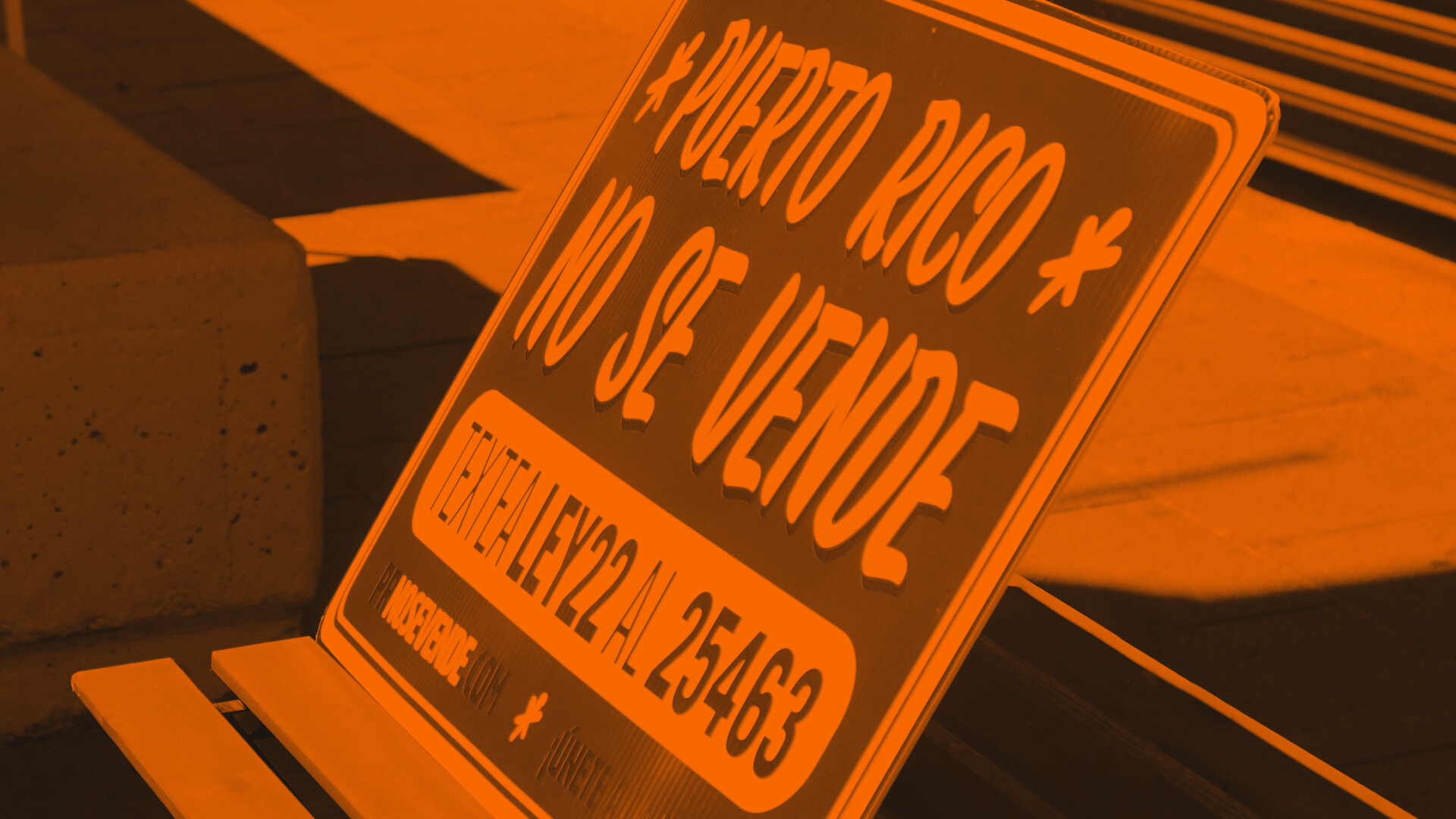Cartel “Así es cómo nos quedamos”


Somos nueve millones de boricuas en el mundo.
¡Conecta con nuestras historias!



Noticias que inspiran esperanza
9 Millones es una red de noticias independiente comprometida con crear periodismo de soluciones. Reportamos sobre la justicia climática, equidad social, participación comunitaria y la cultura en Puerto Rico.Nuestra misión es conectar con los nueve millones de puertorriqueños alrededor del mundo, fomentando una esperanza crítica a través de historias e ideas que enfatizan el progreso sobre el miedo.
ESPERANZA FUNDAMENTADA EN DATOS
Nuestros periodistas se sientan con las comunidades, organizaciones y líderes para descubrir los hechos detrás de eventos claves, y así identificar soluciones.
Pulsa una categoría para leer nuestras historias sobre:

CONÉCTATE Y COLABORA
Déjanos saber cómo podemos ayudarte.










